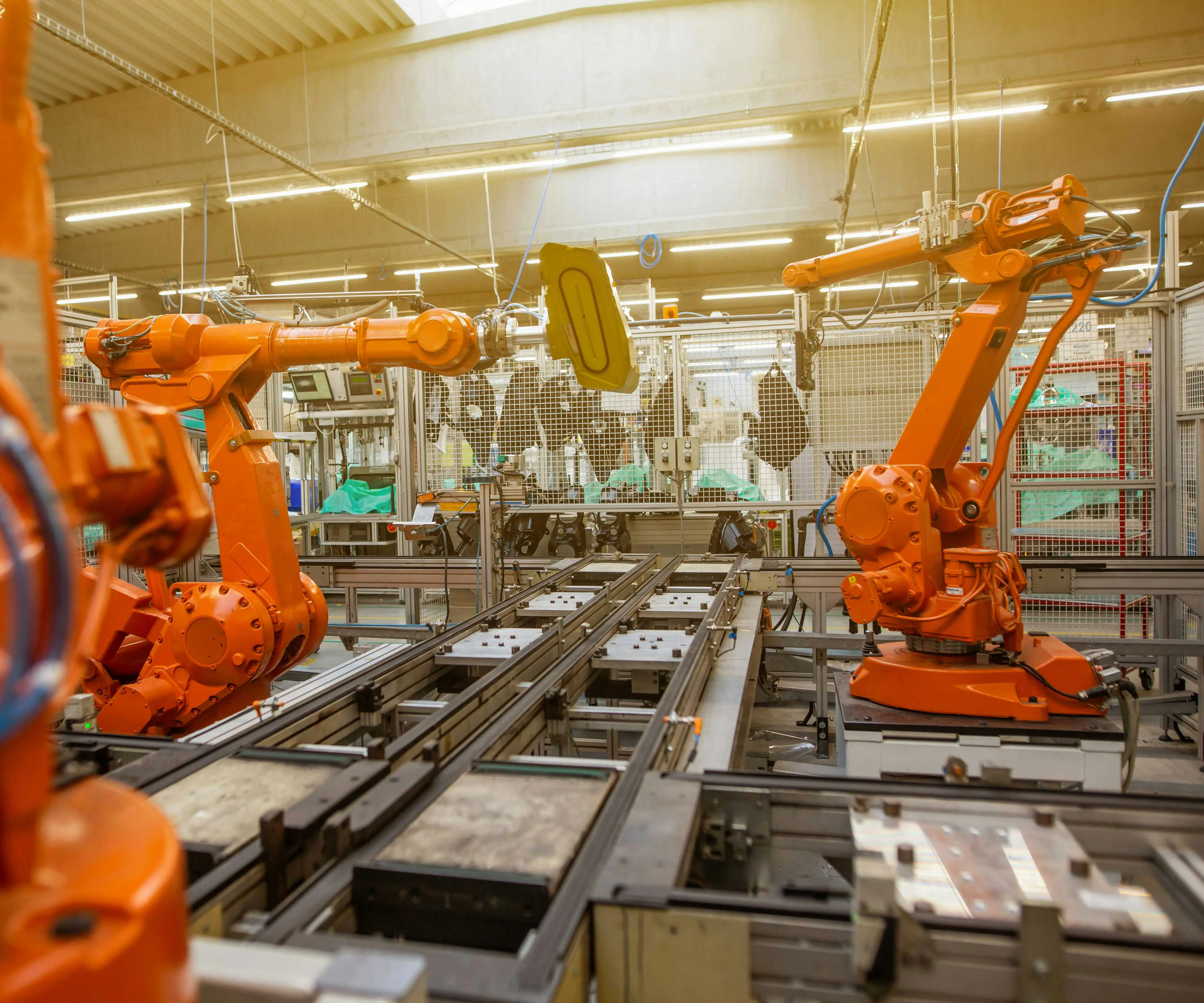Ever try to keep a giant monolith running smoothly? It’s sort of like trying to juggle everything on one oversized plate. That’s what a monolithic architecture feels like—everything’s tightly packaged, tightly coupled, and if one part hiccups, the whole system is teetering on the edge. Now, picture cracking that monolith into individual pieces—each doing its own thing but working together seamlessly. Welcome to microservices.

Think of a monolithic system as a classic Swiss Army knife. It’s all-in-one, straightforward, but when you really need to tweak one tool—say, the screwdriver—you might have to dismantle the entire thing, causing disruption. Microservices, on the other hand, are like a toolkit with separate screwdrivers, pliers, and knives. Each service is independent, focusing on a specific task. You can update or replace one without causing the entire system to collapse in chaos.
Why do developers and companies shift toward microservices? Well, imagine running an e-commerce site. With a monolithic setup, any large update—say, adding a new payment method—becomes a high-stakes game. There's risk, downtime, and a lot of testing. Microservices turn that into smaller, manageable chunks. You add or upgrade the payment microservice without shutting down the entire platform. It’s agility in action.
But, it’s not just about easier updates. Microservices shine when it comes to scaling. If your product suddenly gets popular, you don’t need to beef up the entire monolith. Instead, you can scale just the parts that need more juice—like the checkout process or user authentication. That can save you a ton of resources and time.
Yet, it’s not all rainbows. Microservices come with their own headaches: managing multiple services can become a puzzle. Communication between services needs to be smooth—often requiring APIs and orchestration. Sometimes, that leads to increased complexity and redundant code if not handled smartly.
So, what’s better? Monolithic or microservices? Well, it depends. If your system is still simple, not expecting rapid growth, a monolith might do just fine. But if you crave flexibility, easier maintenance, and easier scaling, microservices might be the way to go. It's like choosing between a single sturdy truck or a fleet of agile small vehicles—each has its place.
Thinking about what's next? Have you considered how microservices could streamline your current project? Or maybe how to transition smoothly from a monolithic system without throwing the whole operation into chaos? Dive into real-world cases, test the waters, and see what aligns best.
The bottom line. Both architectures have their moments—it's about knowing your goals and what fits the scale of your ambitions. Whether you want to keep things simple or break them into manageable parts, understanding these options can make or break your next big move. Sometimes, the key is just knowing when to keep it together and when to let it drift into separate waves.
Established in 2005, Kpower has been dedicated to a professional compact motion unit manufacturer, headquartered in Dongguan, Guangdong Province, China. Leveraging innovations in modular drive technology, Kpower integrates high-performance motors, precision reducers, and multi-protocol control systems to provide efficient and customized smart drive system solutions. Kpower has delivered professional drive system solutions to over 500 enterprise clients globally with products covering various fields such as Smart Home Systems, Automatic Electronics, Robotics, Precision Agriculture, Drones, and Industrial Automation.




































